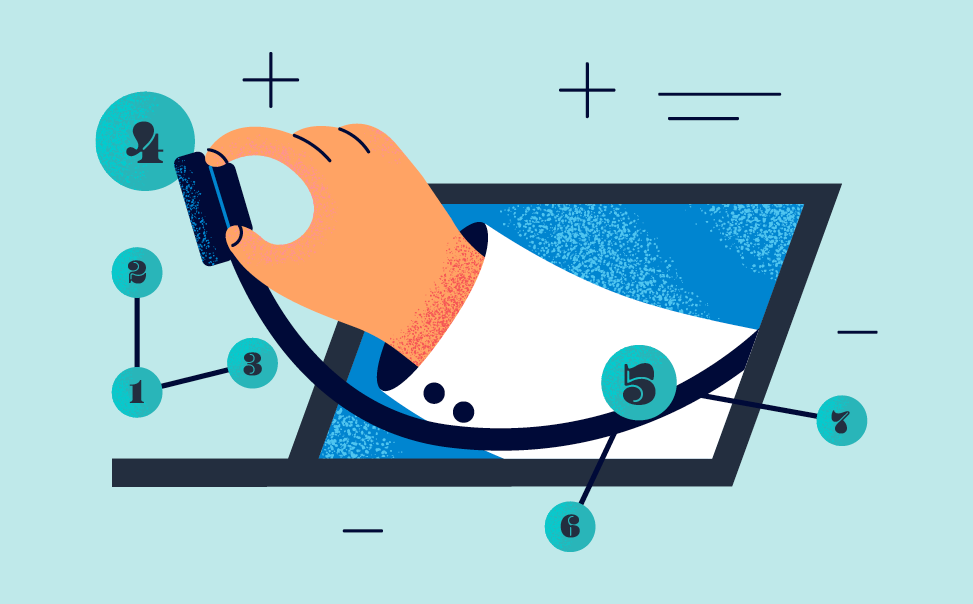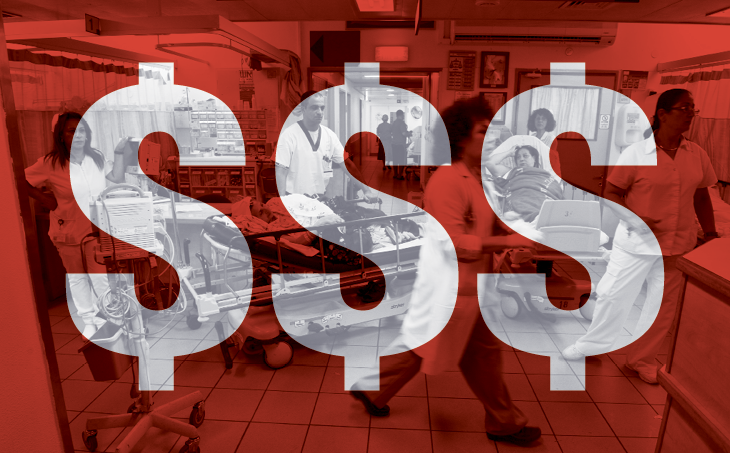Emergency Triage, Treat & Transport ⏤ ET3
It’s a common scenario. A 9-1-1 call comes in and an ambulance is dispatched. When the EMS team arrives they find out the emergency is actually a lower acuity situation that does not require transport to the ED. In fact, the patient could be better served if they were transported to an urgent care clinic, their own primary care provider, or better yet, treated at the scene. This is what the designers of the Emergency Triage, Treat, and Transport (ET3) Model (a limited, by-application only program) want to prove.
Medicare regulations only permit reimbursement for emergency ground ambulance services that take patients to the emergency department, critical access hospitals, skilled nursing facilities, and dialysis centers. But, is that what is best for the patient, or for Medicare?
Benefits Medicare & Its Patients
A 2013 White Paper from The U.S. Department of Health and Human Services and Transportation states that, “if these patients were transported to a physician’s office, Medicare could save $559,871 million per year and if they were treated at home it is expected the savings would be significantly higher.” This means there is quite an opportunity to not only improve the outcomes of these Medicare patients, but to reduce costs to Medicare. ET3 is a pilot model that qualified designed to allow Medicare Fee-For-Service (FFS) beneficiaries to “receive the appropriate care, at the right time, and in the right place.”
Here’s how it works. If an ambulance is dispatched one of these things will happen:
- The patient is transported to an alternative site like an urgent care clinic, or a covered (Medicare approved) location like the emergency department
- No transport is initiated and treatment is provided by a Qualified Healthcare Professional (QHP) either on site or through a virtual care platform
Reduce Emergency Department Strain
The International Journal of Health Services reported that from 1996 to 2010, half of the medical care provided in the United States occurred in an ER, a 44% increase in ER visits over the study period. Healthline.com interviewed the Director of Hospital Medicine Research at Beth Israel Deaconess, Dr. Shoshana Herzig, and asked what these results meant to her. Per the article she stated there is a need for outpatient practices to become more available.
In a June 2015 article on C2’s website, Kevin Murphy, VP in WGA’s Employee Benefit Group said, “It’s estimated that 35% to 38% of people who visit the ER are exposed to another virus while there. [Virtual care] would help eliminate unnecessary trips and thus help keep people healthier. Almost 75% of all doctor, urgent care, and ER visits ‘are either unnecessary or could be handled safely and effectively over the phone or video,’ according to statistics from the American Medical Association and Wellness Council of America.”
The Details
Two types of entities are eligible to apply to participate. The first are Medicare-enrolled ambulance suppliers and providers who can apply via the Request for Applications (RFA) process, and the second are “local governments, their designees, or other entities that operate or have authority over one or more 911 dispatches” who apply via Notice of Funding Opportunity (NOFO). CMS anticipates there will be about 40 NOFO applicants awarded with a two-year cooperative agreement. Overall, there will be up to three rounds of RFAs and up to two releases of NOFOs.
The start date for the program is January of 2020. CMS provided this infographic breaking down the goal of the ET3 model, who is eligible to apply, and who the essential partners are. For more details, download the Participant Partnership Guide, and the Participant Eligibility Fact Sheet.
The Right Virtual Care Solution
With many telemedicine options available, it is important to choose the solution that uses your own network of qualified healthcare providers, has demonstrated quick implementation, and has enterprise-grade video that works with stringent firewalls and security policies while delivering HD quality ⏤ like eVisit.
By far the most important of these is having a platform that uses your network of providers. Why? When a patient is being seen by a QHP it is vital that person knows the region, the facilities and the options available. A for-hire telemedicine provider may be in another state, is just the “next-in-line” provider to see your patient, and has no connection with the community. A local provider knows best where to send the patient if the ED is not the best option.
Interested?
The application process for this model ends October 5, 2019. You can register and apply here.






